CONTEMPLATING THE VOID
The horror genre’s affective nature allows us to engage with media in a meaningful way, providing a forbidden language for despair.
For many, horror culture might be the last thing they’d turn to in such wearisome times. It’s certainly not an intuitive choice when the world seems to be plagiarizing the first act of Stephen King’s The Stand.
My contribution to the book of post-traumatic names is not written on flesh, unborn or otherwise. It’s a PDF.
Post-punk duo NØMADS explores how everyone is afraid of something in their twelve-song cycle 'PHØBIAC .'
Here are five essential horror podcasts for the listener who needs more nightmares:
Brooklyn duo NØMADS examines clinical fears with three new songs from their upcoming album, PHØBIAC.
SCARY THINGS ON THE SCREEN
The only thing a PhD in Chuckiology leads to is pain, obsession, and an exclusion from a normative life.
Come to Daddy liberates us with existential freefall, showing us a more brutal world that’s still worth fighting through if only to embrace the strange love of unconventional relationships in lives that, let’s face it, could be better.
Rose Glass’ inspired Saint Maud asks us to place our theological bets to define the film’s morality.
A short film written and directed by Emily Gagne and Josh Korngut, Best Friends Forever perfectly captures the atmosphere, tone, and pacing of a sleepover urban legend.
In the first True Detective Horror Diary, presented in partnership with That Shelf, we examine the big Lovecraft reference from the season three premiere: the Forest of Leng.
In Apéritif, the first episode of Hannibal, empathy is served from the opening moments to the final shot.
If it truly is the end of 'The X-Files,' then we could not have asked for a more perfect season.
Everyone is wondering what Scully whispers in Mulder's ear in that church. But will we ever find out?
"Familiar" toes the line between Satanic Panic and the effects of actual Satanic practices, while commenting on modern mass hysteria and mob justice.
There's more than one ghost in the machine on this week's unsettling episode of 'The X-Files.'
SCARY THINGS ON THE PAGE
Every Friday since March 20, 2020, I have been reading choose your own adventure Goosebumps books and letting my friends vote on the decisions. I’ve learned a lot about author R.L. Stine. Here are my five favourite factoids.
Very little on this scale had even ever been attempted at USC.
In this post-Trump, post-truth world, the images conjured by The Handmaid's Tale are too prescient, too vivid, too real.
Beyond the Wall of Sleep fails to fully realize the pessimism of its premise, but it sure has some radical sci-fi mystical imagery.
The Statement of Randolph Carter reads like Thomas Carnacki’s letter of resignation.
Both the fact that Dagon is presented as a suicide note, and the circumstances around naming the story’s titular monster, paint a picture of a world in which we humans are unimaginably significant, born into doom without the knowledge of our bleak circumstances, and cursed to suffer at even the slightest enlightenment to the true nature of all things.
Nick Cutter's novel, The Troop, uses empathy and comapssion to haunt its readers.
Today on EVERYTHING IS SCARY, we are pleased to welcome Calgary-based author Axel Howerton! Axel's latest novel, FURR, from Tyche Books, is an urban fantasy from Tyche Books, the first in a series titled Wolf and Devil. FURR tells the story of Jimmy Finn, a seemingly ordinary guy having a really bad day. He's either losing his mind, or becoming a monster.
From the South three sisters fair
ran athwart the gloom...
Dressed of fur and fierce of tooth,
The maidens of the Moon.
I just read Stephen King's 'Salem's Lot but I am completely positive that Danny Glick can't get into my second story bedroom window. I think.
SCARY THINGS YOU PLAY WITH
In the second Resident Evil VIII gameplay diary we explore the hands-first experience and illustrate the difference between mommy horror and daddy horror.
In the first Resident Evil VIII game play diary we talk about the role of annihilation in horror stories and the ongoing trauma of Ethan Winters.
Little Nightmares scares us by turning up the dials on all five of our senses before feeding us to the monsters.
When I first reviewed Nevermind from Flying Mollusk Studios, I mentioned how I am a bitter, jaded little man, and not given - much - to being startled and scared. The first three scenarios of the game did little to alarm me, which wasn't in of itself the worst issue I've seen in the genre, and by and large it was still an enjoyable experience. The core idea of going inside people's minds is relatively well-worn by this point (with games like Psychonauts) but is given a fresh face with the driving motivation of therapy. Nevermind promises the experience of helping overcome a character's fears as you overcome your own.
I'm pleased to report that with the addition of two new scenarios, Nevermind is really digging down into the promise of its premise, smartly doing away with traditional horror game tropes in favour of examining the everyday, human fears that deeply affect our lives.
**NOTE: FULL SPOILERS WILL FOLLOW THIS POINT**
I have a lot of respect for independent game artists who are making games out of a sense of love of the genre. Vaclav Hudec. the creator of Blameless, is one of these people. His website biography, as stated, marks him as someone I think I'd get along with. Several of the games he mentions as inspiration - One Late Night, Amnesia, Slender - are games I've talked about on this blog. Clearly Mr. Hudec is a man of great taste.
But more importantly, what intrigues me about Blameless isn't merely that it has taken some of the right lessons from the aforementioned games, but it adds its own unique twist to the mix, deliberately or accidentally.
If, like me, you grew up on adventure games, you're probably prepared to accept a certain amount of strange logic in your puzzle-playing time. From Guybrush Threepwood using a Rubber Chicken to cross a zipline, to time-traveling in Day of The Tentacle to change the shape of a statue just so it wouldn't provide a handhold for a crazy lady in a wheelie chair, to pretty much everything in King's Quest, Adventure Games have long taught us that logic is a fluid concept pretty dependent on the mood of the designers.
With Goetia, the struggle is in wrapping your head around the often metaphorical or flatly obscure clues that are your breadcrumbs in a plot which, puzzles aside, is well-woven and told.
Open World survival games are quirky little beasts. The frequency with which they get made in the indie world suggests an appetite for them, which in turn suggests that gamers are more than capable of making their own fun, given the right tools and interface. Yet if we were to look at these games through the lens with which certain "Walking Simulator" type games are scrutinized (is there a fail state? Is there an objective? Is there a driving plot?) we might arrive at the conclusion that they're not "games" in the traditional sense. Unturned, for instance, feels a bit more like a creative tool, a la Minecraft - with zombies.
"There is an art to the building up of suspense," pronounces Guildenstern, in his first line from Tom Stoppard's absurdist comedy Rosencrantz and Guildenstern Are Dead. It's one of my favourite lines, because suspense is one of those tightrope acts that so often elude game makers and storytellers these days. The nature of narrative arcs often renders a lot of suspense moot: we know that the protagonist isn't going to die, we know that there is some kind of struggle, we know that there will be obstacles, etc. etc. etc.
But there are ways to play on those expectations, to undermine the expected and to arrive at a new, chilling suspense. The House Abandon, from No Code Games, is a brilliant example of this.
I once heard Unity described as "a very great tool [for building video games], that is very easily abused." I can't think of a game that better epitomizes that sentiment than Void.
Yikes. Hmm, I could probably stop the review right here and just let that stand, but I suppose I should probably go into some more depth and talk about just why this game so colossally disappointed me. Regular readers of our little blog will have detected an excess amount of snark coming off that sentence and may have a sense of impending dread. I rarely bust out the poison pen, but Void just left me in a foul, foul, mood.
I should preface my opinions of Nevermind, the debut game from Flying Mollusk Studio, with a disclaimer that I have huge respect for passion and innovation. I will always reward trying something new, putting in visible effort, and - perhaps most importantly - not pandering to your audience. So with that in mind, let me start off by saying that designer and team lead Erin Reynold's MFA thesis-turned indie game is definitely a project with a lot of love and effort put into it. It is also, unfortunately, quite flawed. Part of that is due in no small part to what we typically expect from a "horror game," because although it definitely plays into a number of tropes, Nevermind is not a typical horror game.
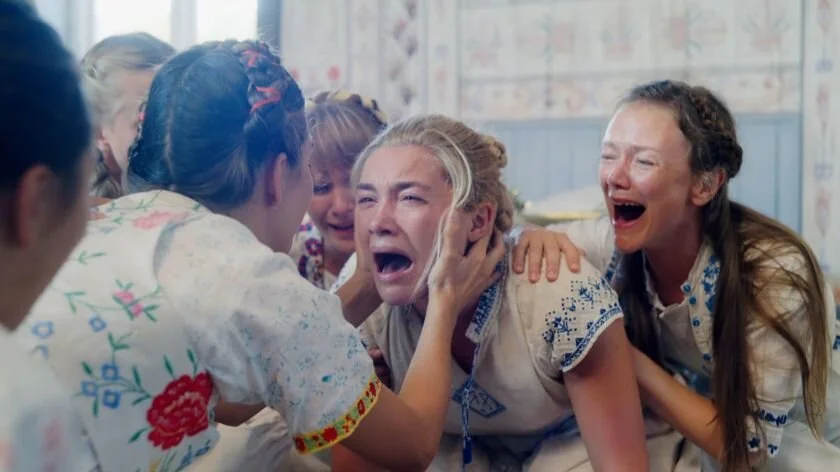
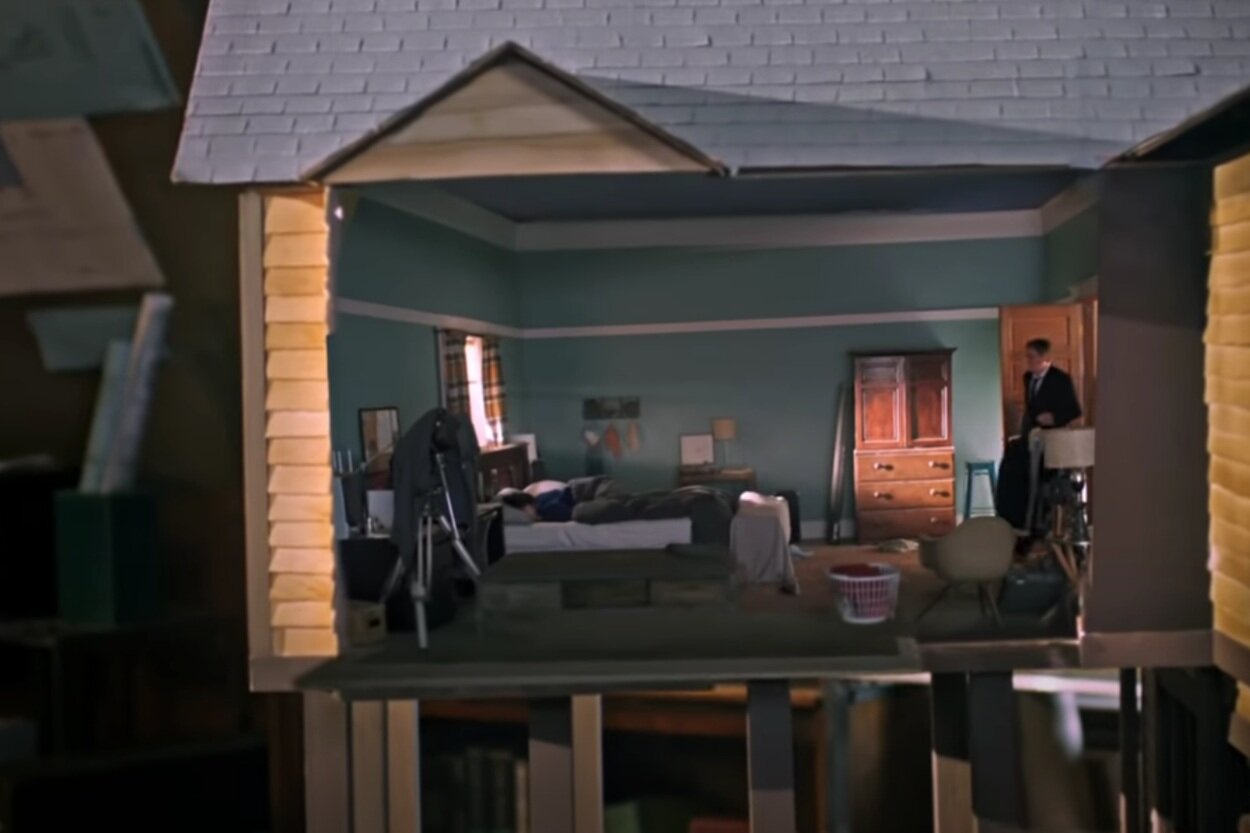
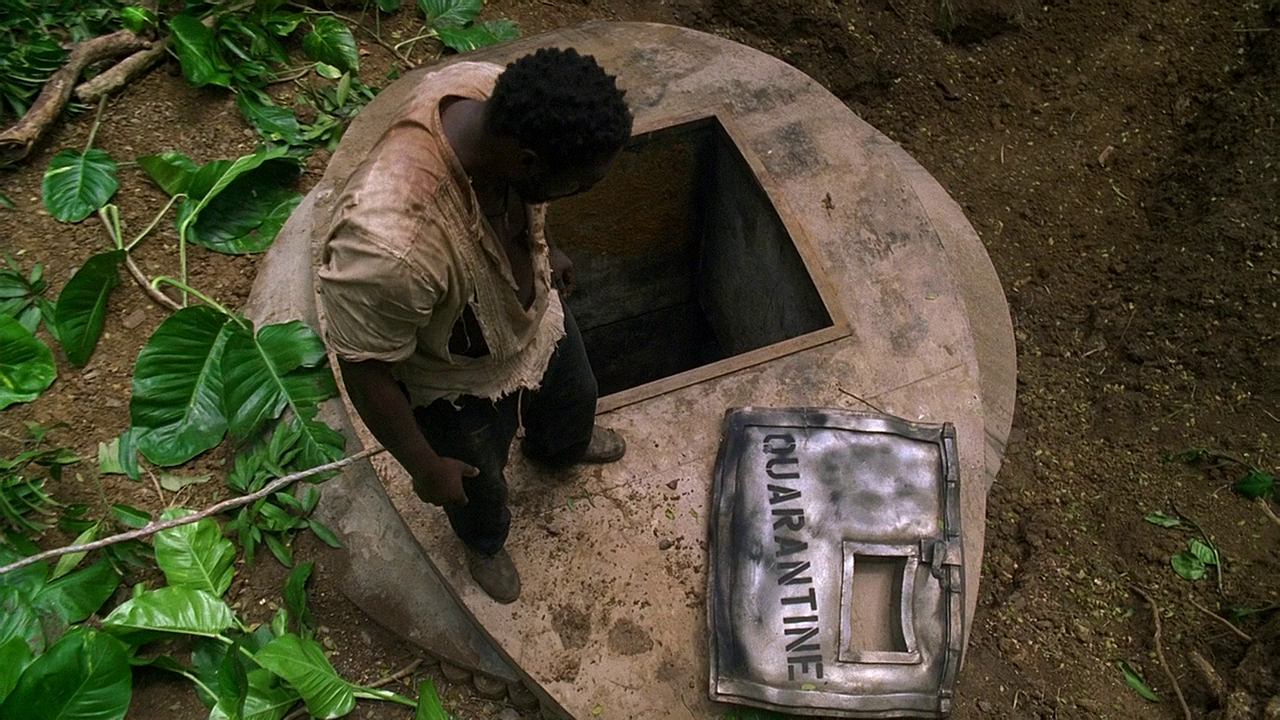







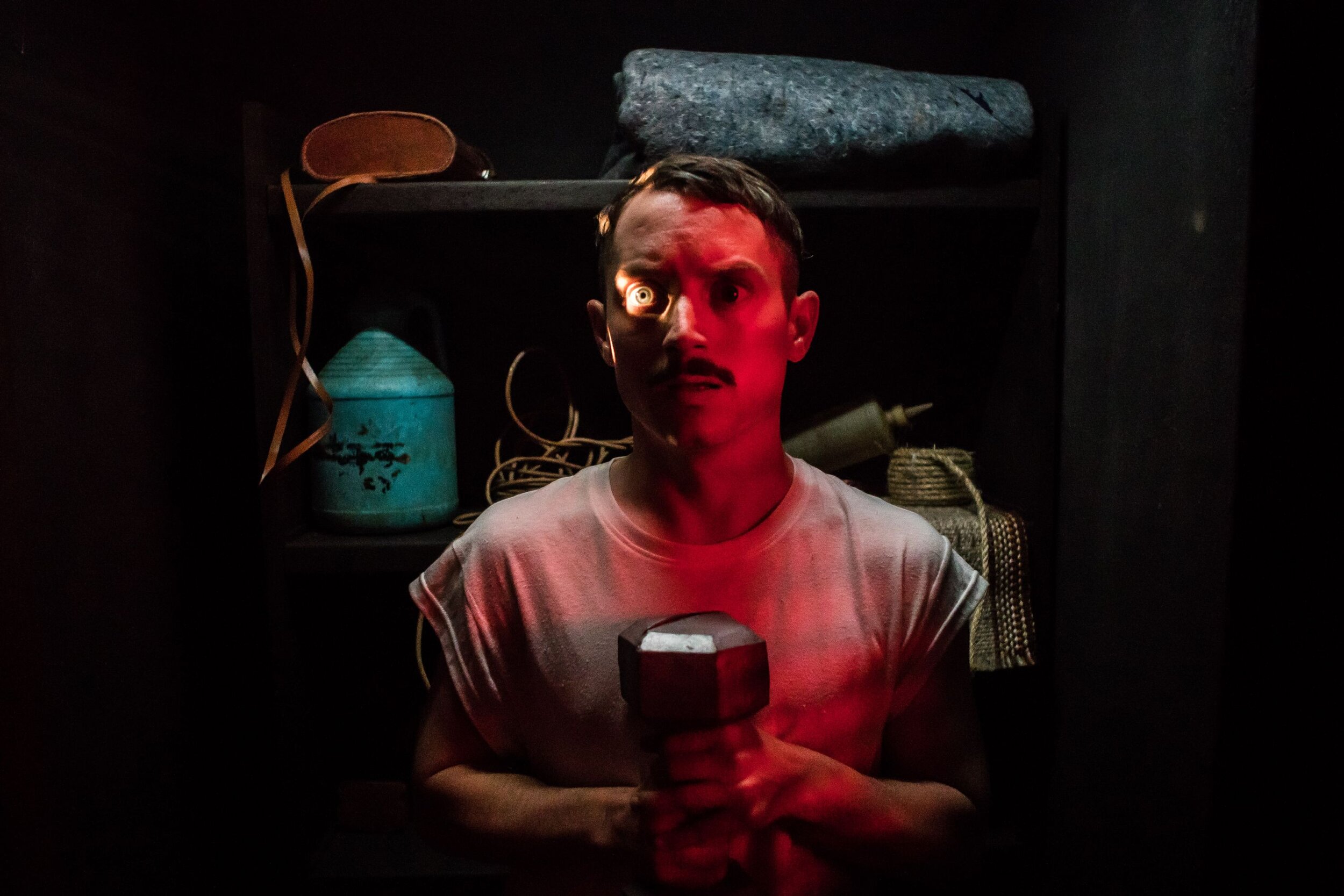





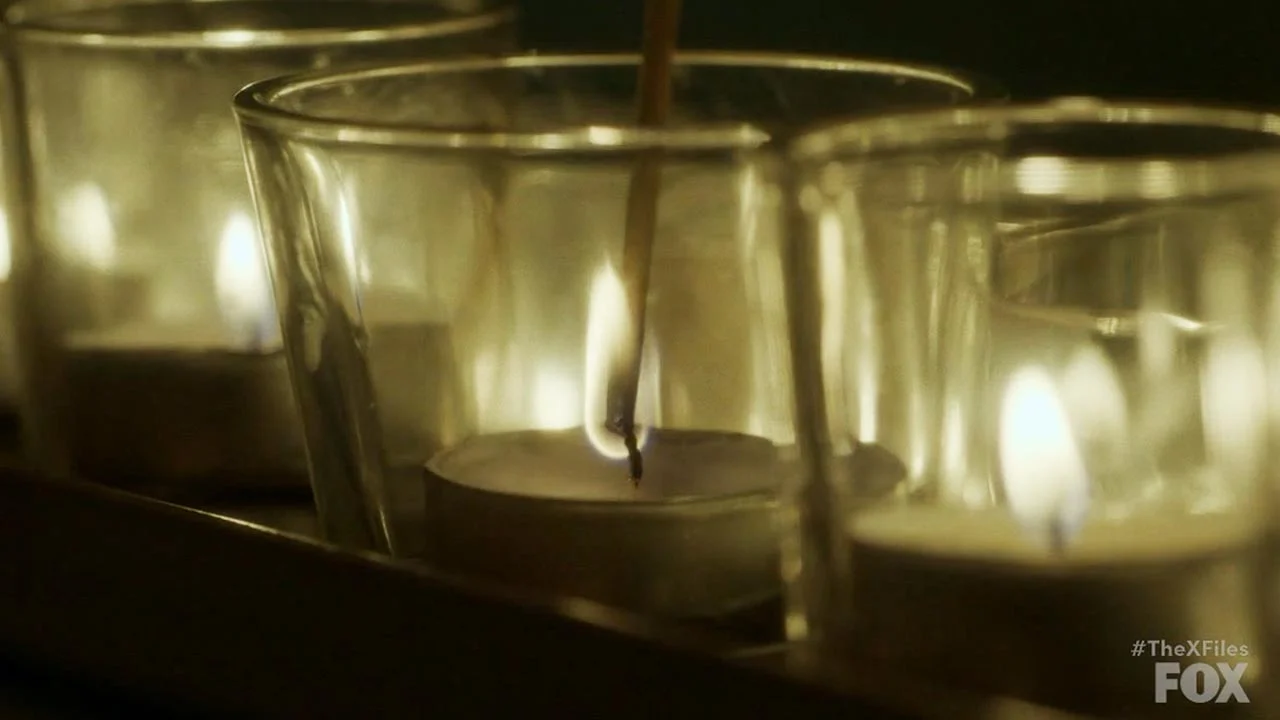












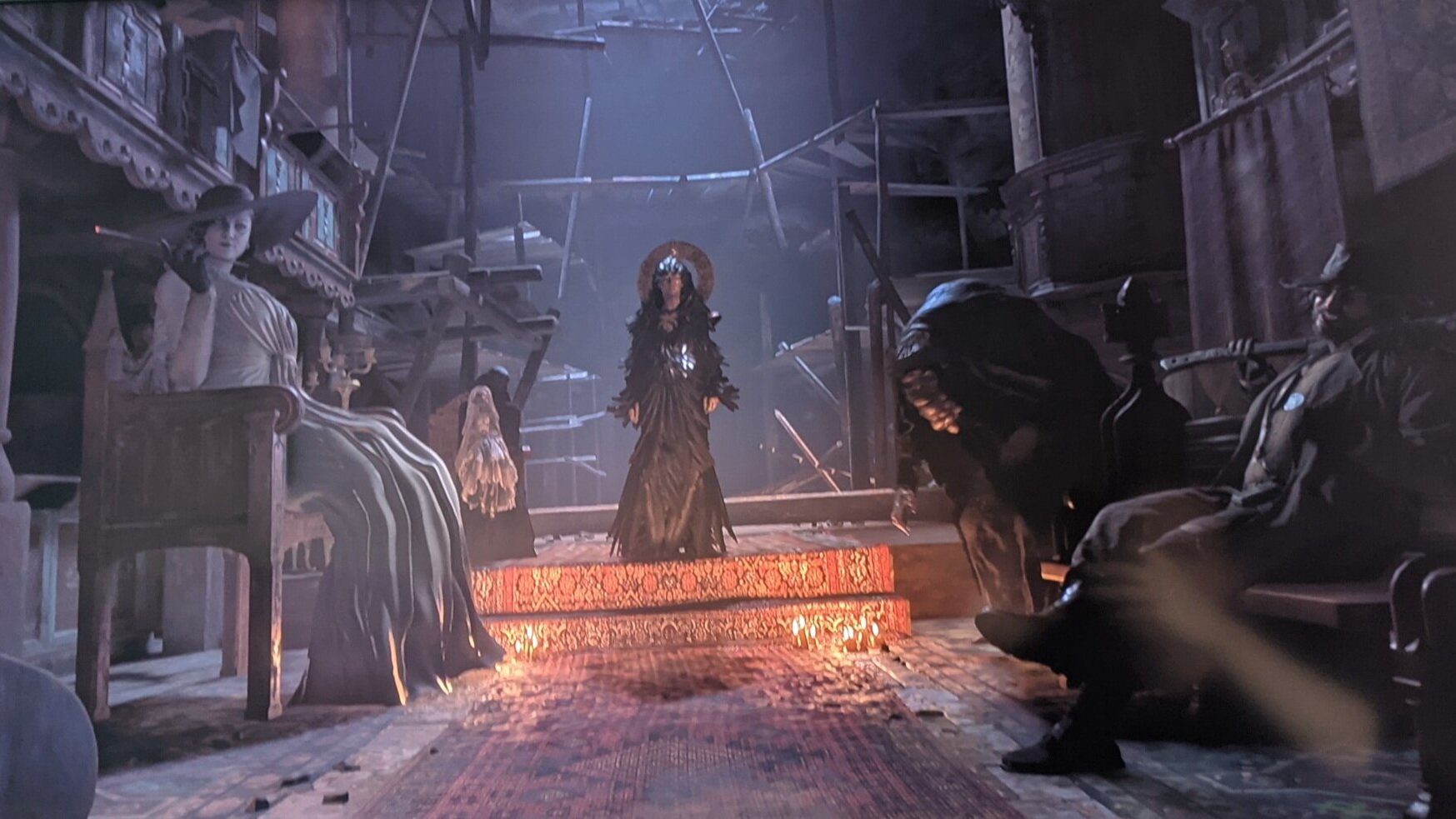

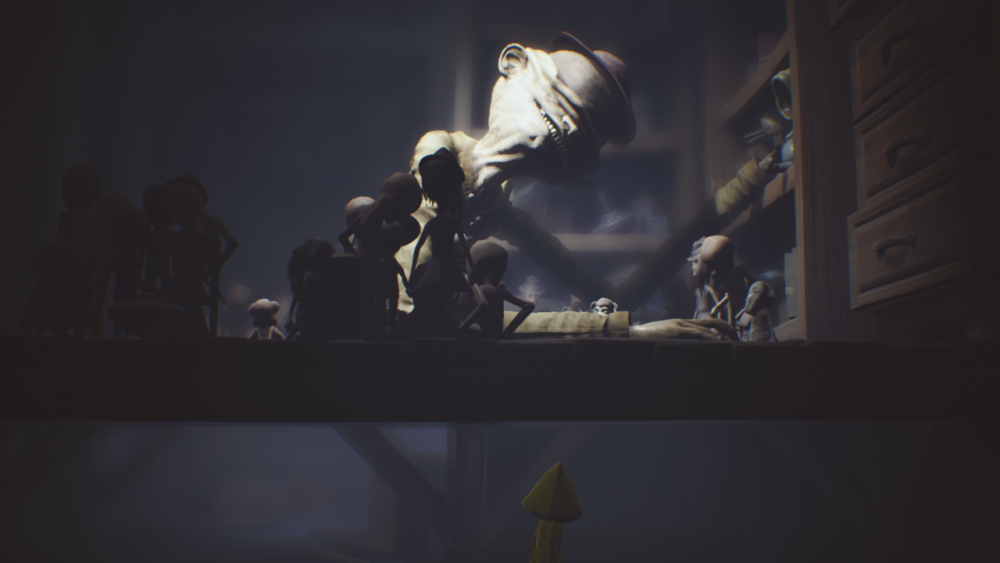

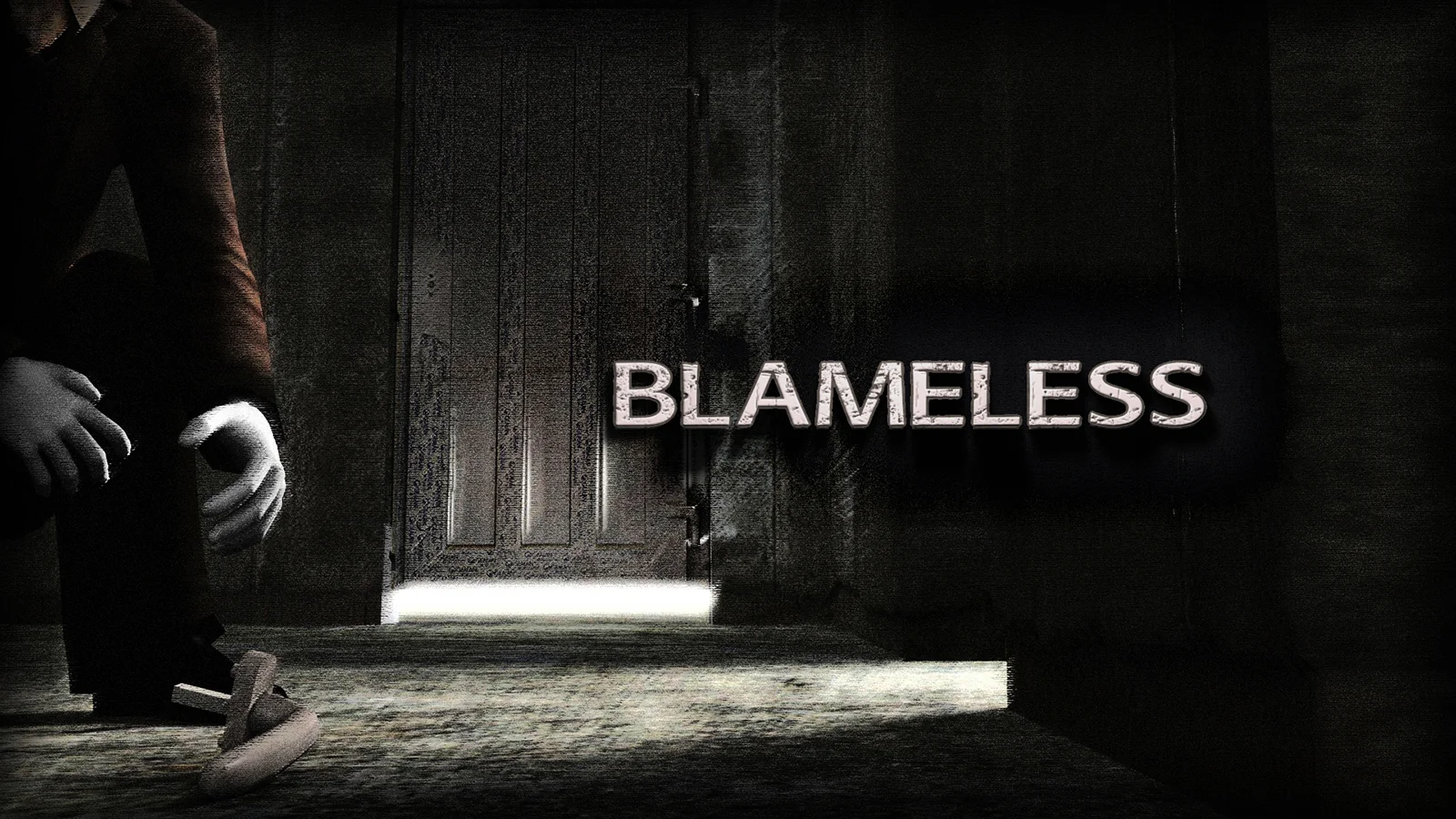

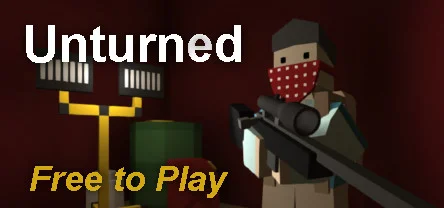


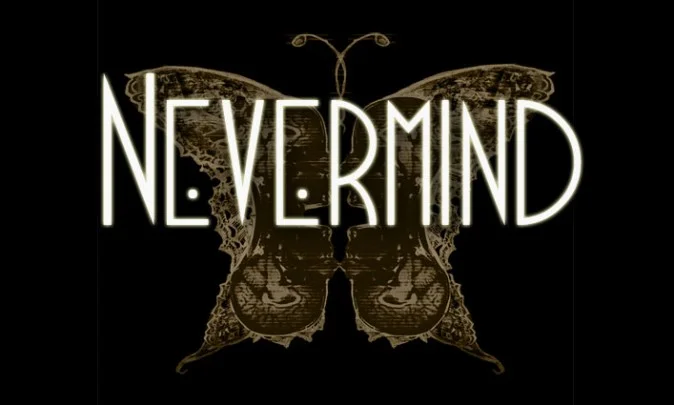
Now that the book is published, I’ll be returning to this corner of the Internet, and hopefully writing with more regularity. I feel like it’s needed (if for no one else then for me), since never in my life has everything been so scary.